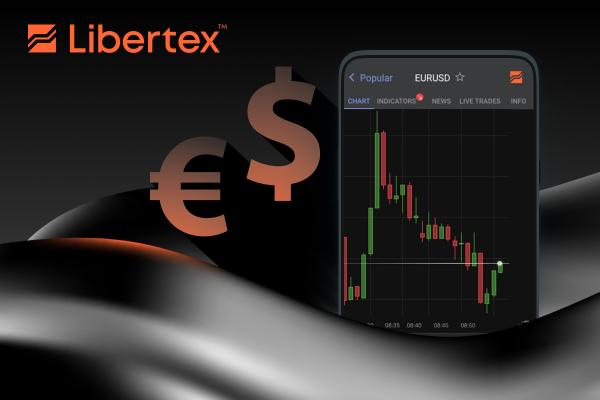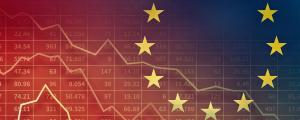It seemed almost a given that one euro would always be worth at least $1.10. In fact, from 2007 to 2014, the single currency averaged about $1.40 and even looked as though it would hit $1.60 in the wake of the Global Financial Crisis of 2007-2008. How the mighty have fallen since then! That's right. For the first time in twenty long years, the euro and US dollar are at parity. But the question remains: how did we get here, and what does this mean for traders and investors?
Why the euro?
Many have pointed to the pandemic as the catalyst behind the euro's downturn, and while it certainly did play a role in precipitating this last leg down to parity, the rot had already set in much earlier. The coronavirus pandemic and the inevitable supply chain ruptures and soft monetary policy that this engendered certainly did fan the flames of inflation. And in a world of dollar-denominated commodities, this naturally led to euro depreciation. But the pandemic was a global black swan that affected virtually every country and currency in the world, so why was the euro hit harder than the rest? The short answer is – it wasn't. The Japanese yen has taken just as much of a beating as has the British pound, with all three currencies down over 12% YTD.
Cause and effect
Now that we've established that it isn't so much a euro problem as an any-currency-but-the-dollar problem, we can start to properly examine the whys and wherefores. The real turning point for a majority of the majors was 2014. The damage from this eight-year downtrend now stands at close to a 30% drawdown, and there's no sign of a reversal anytime soon.
And, as usual, central bank policy has played a large part. While the US Federal Reserve has kept its funds rate above zero throughout the past decade, the European Central Bank (ECB) and Bank of Japan (BoJ) were in negative territory for several years. Of course, this makes it harder to react effectively to a crisis like the pandemic and limits possible stimulus measures while also complicating policy normalisation thereafter. While the Fed and Bank of England have been able to raise interest rates to 1.75% and 1.25%, respectively, the BoJ and ECB are still stuck below 0% as inflation runs rampant.
Global recession threatens
With all this talk about dollar gains, it's easy to lose sight of the fact that this is just as bad news for the US as it is for the EU. A strong dollar means US exports are more expensive and thus less competitive. Talk of European countries switching gas suppliers to the Henry Hub, for instance, is now completely nonsensical as this already high-priced option is now 12-15% dearer. Amid a growing energy crisis, fossil fuels in general just got a lot more expensive since oil, regardless of its origin, is traded in US dollars.
This, in turn, will pile even more pressure onto European manufacturing at the worst possible time. Indeed, the eurozone's biggest economy, Germany, recorded its first trade deficit in goods since 1991. As monetary tightening continues, which it simply must, the risk of both the US and Europe slipping into a recession grows.
So, where's the smart money?
Basically, anywhere but the euro and JPY. Seriously, though, the flight to safe-haven currencies like the US dollar and the Swiss franc is already well underway and only looks likely to intensify as the rate hikes keep coming. In fact, in a note last week, Deutsche Global Head of FX Research George Saravelos warned investors that the retreat to the dollar could become even more extreme if the Fed continues to tighten, pushing both the US and eurozone further into recession.
One would imagine that stocks should take a beating in this scenario, though they have managed to defy analysts' expectations up to now, with all conventional wisdom contradicting the recent market rallies. Beyond the dollar, however, another major beneficiary of capital flowing out of currencies and other risk assets would have to be gold and silver. The yellow metal is already up 12% YTD and could prove an excellent hedge against further inflation.
Trade the downs and the ups with Libertex
Libertex offers a wide range of CFDs, from Forex, commodities and stocks, to ETFs and crypto. Apart from the EUR/USD pair and the US Dollar Index, we also offer the ability to trade such underlying assets as gold, silver and oil/gas. And because Libertex allows both long and short positions, you can open a trade depending on where you think the market is headed.
Risk Warning: CFDs are complex instruments and come with a high risk of losing money rapidly due to leverage. 62.2% of retail investor accounts lose money when trading CFDs with this provider. Tight spreads apply. Please check our spreads on the platform. Available for retail clients on the Libertex Trading Platform. You should consider whether you understand how CFDs work and whether you can afford to take the high risk of losing your money.


